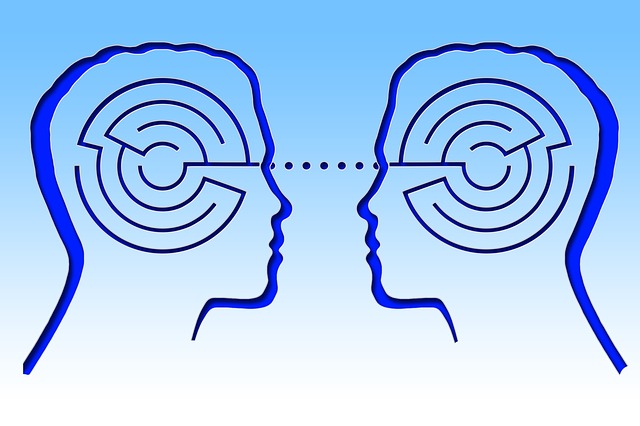Brain Activity to Social Activity
I love TedTalks. Frequently they are an opportunity to hear some of the most innovative ideas around human development, education, technology, and science. They give me a sense of optimism about the future. Occasionally however, I watch a talk that seems so misguided as to be dangerous. I just watched such a talk, given by Thomas Insel, Director of the National Institute for Mental Health. In exploring the terrific advances in our ability to predict and prevent physical disease, Insel suggests that the same may be possible in mental health. He advises that we define and best understand mental health issues, e.g., suicide and other “dysfunctionality,” as stemming from “brain disorders.” He proposes that if we identify these disorders earlier on, we may have a shot at circumventing the possible dysfunction that these disorders produce.
All well and good. However, there are significant problems with Insel’s basic premise. Unlike medical conditions (whatever you think of western medicine’s precise classification of syndromes and conditions), the effort to categorize mental health conditions is enormously controversial. This is evidenced in the recent debate and controversy surrounding the new psychiatric and diagnostic manual, the DSM 5. On one hand, diagnosis of mental conditions using the DSM has very little consistency among diagnosticians, even for basic syndromes, making the effort questionable, if not effectively useless. On the other hand, there is little correlation between diagnosis and ultimate progress, as evidenced by an avalanche of psychotherapy outcome research.
More concerning still to me, is the notion this leads to, that of reducing our mental conditions (emotions, feelings, passions, fears, etc) to physical brain states – or viewing brain activity as the starting point in a causal chain leading to our mental lives. How do you reduce creativity, feelings of love or watching a sunset to brain activity? In fact, I am tremendously excited about the research that has been taking place looking at the working of the brain. I believe that this will offer us many new understandings, including creating a better understanding of the ways in which our social cultural and emotional life impacts on the brain’s development. Alva Nöe’s book, “Out of Our Heads” on the workings of the brain is a brilliant exploration of this subject.
Nöe tells us that what happens in our brains however, offers little help in understanding what actually happens in our brains as well as in our day-to-day activity. To reduce our understanding of conditions such as depression, suicidality, even hallucinations to mechanical/physical brain conditions ignores how fundamentally socially- and culturally-shaped our species is. There is a rich literature discussing the complicated ways we collectively, socially and culturally shape even what science is and how we understand it. The schism between eastern and western medicine is but one example, in which two completely different “scientific” understandings of the world have developed two entirely different understandings of the workings of our bodies and our selves.
This is all good news. Because an appreciation of how much culture shapes who we are, and an appreciation of the ways in which our very understanding of the world is a human construction, opens up tremendous creative potential and enormous hope for our species.
We can (and do) continuously create our cultural lives, our emotional lives, and our relational life. Understanding this can have a powerful impact on how we relate to the world, to ourselves and to each other. That is some of the work I do and consider in creating groups in the approach I practice, social therapy. Insel believes that we need better explanations, better tools for identifying people who may potentially have serious problems in the future. I believe that a broader conversation needs to occur, at least on appreciating the limits of what we know and understand. What is needed to create a kind of environment where we can ask new kinds of questions, and ones that don’t have ready-made answers – outside of what we know – to the complex issues that need addressing, about improving the lives of all people. I believe that we do have the power to transform the conditions of our relationships and world in ways that change our relationship to the conditions that produce the pain and dysfunction we see. And this is what hinges on creating hopeful models of mental health.

Murray Dabby's
Blog Page
The Atlanta Center
For social therapy